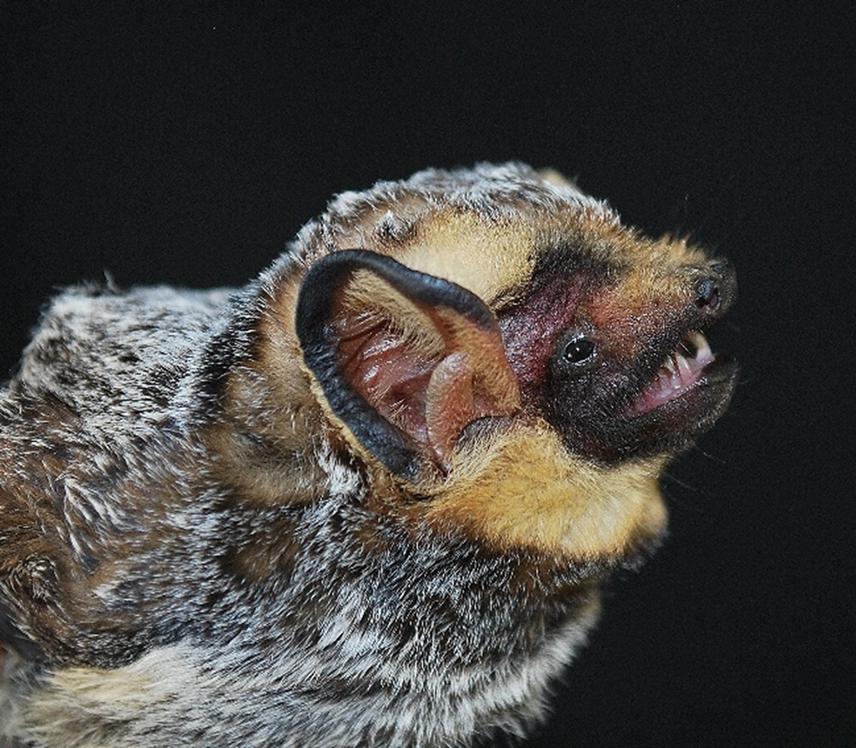Minerva Ángela Uribe Rivera
Other projects
6 Oct 2015
Guidelines for the Evaluation and Impact Mitigation of Wind Farms on Bats at Mexico
This project arises from the need of propounding actions for conserving bats and their habitat in Baja California. It was identified that natural protected areas (ANPs) represent places of great importance for the bats conservation, as they give habitat to 80% of bat species of Baja California State. However, in this ANPs there is no updated information about diversity and conservation status of bats. For this reason, the goal of this project is to implement for the first time in the north of Mexico a participative monitoring system for bats with the involvement of the community, technicians from natural protected areas and academy. This will allow to create an acoustic library through a long term monitoring program that increases the participation of rural communities and promotes the appreciation of biodiversity value and the empowerment of programs for biodiversity conservation by local communities.

Hoary bat (Lasiurus cinereus).
The main objective of this project is to contribute with the knowledge and conservation of bats and their habitat trough the collaboration with natural protected areas of Baja California which objectives are to strengthen social fabric, build new ways of co-responsible participation, and provide opportunities to local development. One important contribution is the development of the first long term monitoring model for bats in the north of Mexico. With generated information, there will be updated data about richness, abundance and seasonal patterns of bat communities in natural protected areas. This will constitute baseline information for the study of bats at the region and will allow to identify changes in the behaviour of communities as a result of environmental impacts, such as installation of wind farms and habitat loss derived from tourism, livestock and agriculture activities.
Other important contribution is the development of a participative monitoring model. With this, it is planned to form local teams that can develop autonomous, high quality and long term monitoring. The use of participative approach will contribute to increase sustainability and adaptability of conservation programs by the participants. Registered calls from bats will allow to create the first reference library for Baja California and facilitate the study of bats in the region by acoustic methods. This library will be available in digital platforms for specialists, public in general interested on bat conservation and institutions like National Commission for the Knowledge and Use of Biodiversity (CONABIO). Finally, it is planned to sign a collaboration agreement between Autonomous University of Baja California and National Commission of Natural Protected Areas, to guarantee the continuity of the project, besides of propounding the inclusion of bats monitoring in the annual operative program of natural protected areas of Baja California.